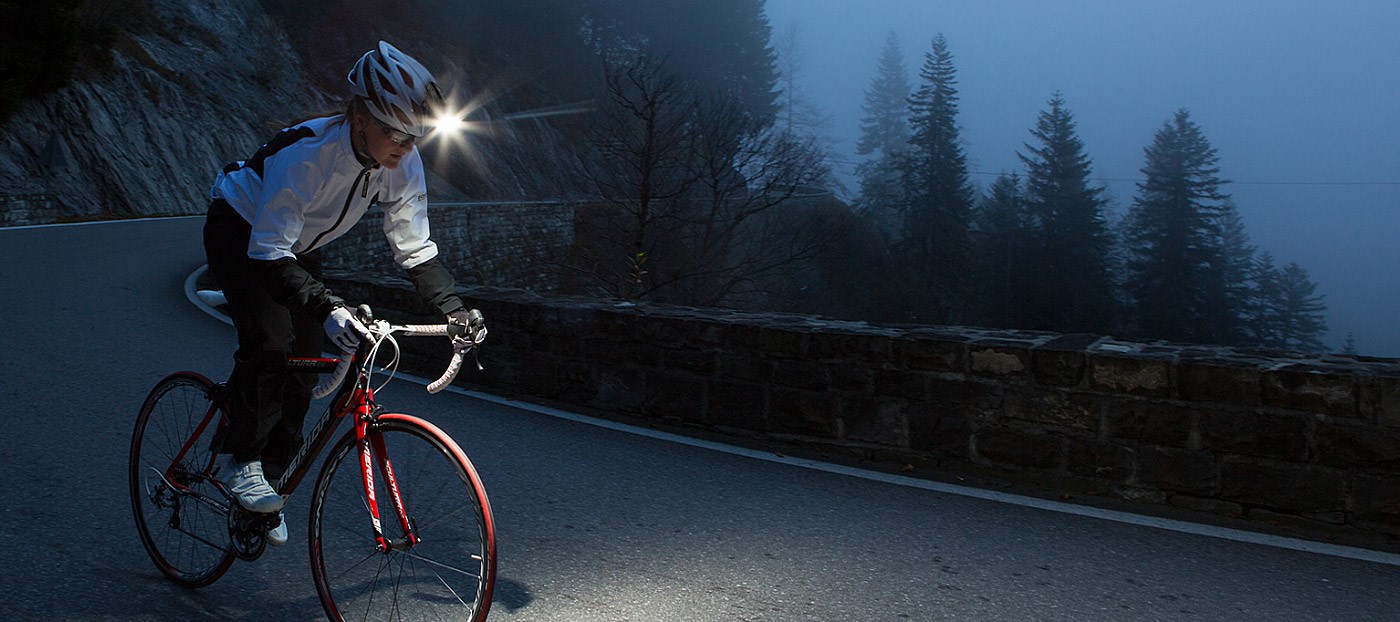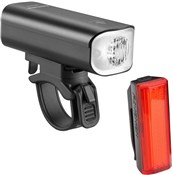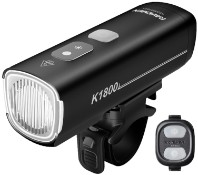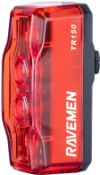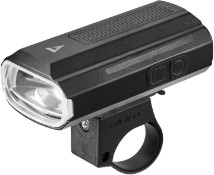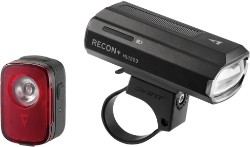One of the most essential items you’ll need when out on your bike in the autumn/winter, a good set of bike lights is never underestimated. This guide will help you to prepare with the darker months coming.
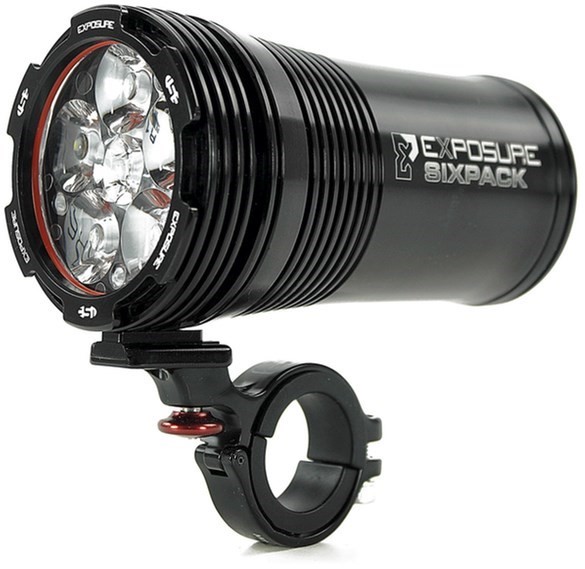
Lumens, Lux or watts?
When choosing a new light for your bike, the most important things to keep in mind are its power output compared to your intended use, and the battery life & type of battery it has. First up, how can you work out which bike lights are brighter than others?
The best way to quantify the brightness of a bike light is to look at its power rating. Most bike lights will give their power in Lumen, however some may give an output in Watts or Lux:
- Lumen is the preferred choice for cycle lights, as this gives the best indication of the amount of light actually emitted from the unit. The greater the Lumens, the more light energy being emitted.
- Watts indicates the power consumption of the unit, rather than the direct light output. Broadly speaking, more watts = more light, however if a light is inefficient, it may use a lot of power without producing a very bright light, so Watts can be misleading.
- Lux gives an indication of the brightness of a light over a given area. i.e. a light output of 1 lumen over 1m square = 1lux. Using Lux is a great way to compare the beam patterns of multiple lights in a side-by-side test, but it isn’t very useful on its own as a number in a spec sheet.
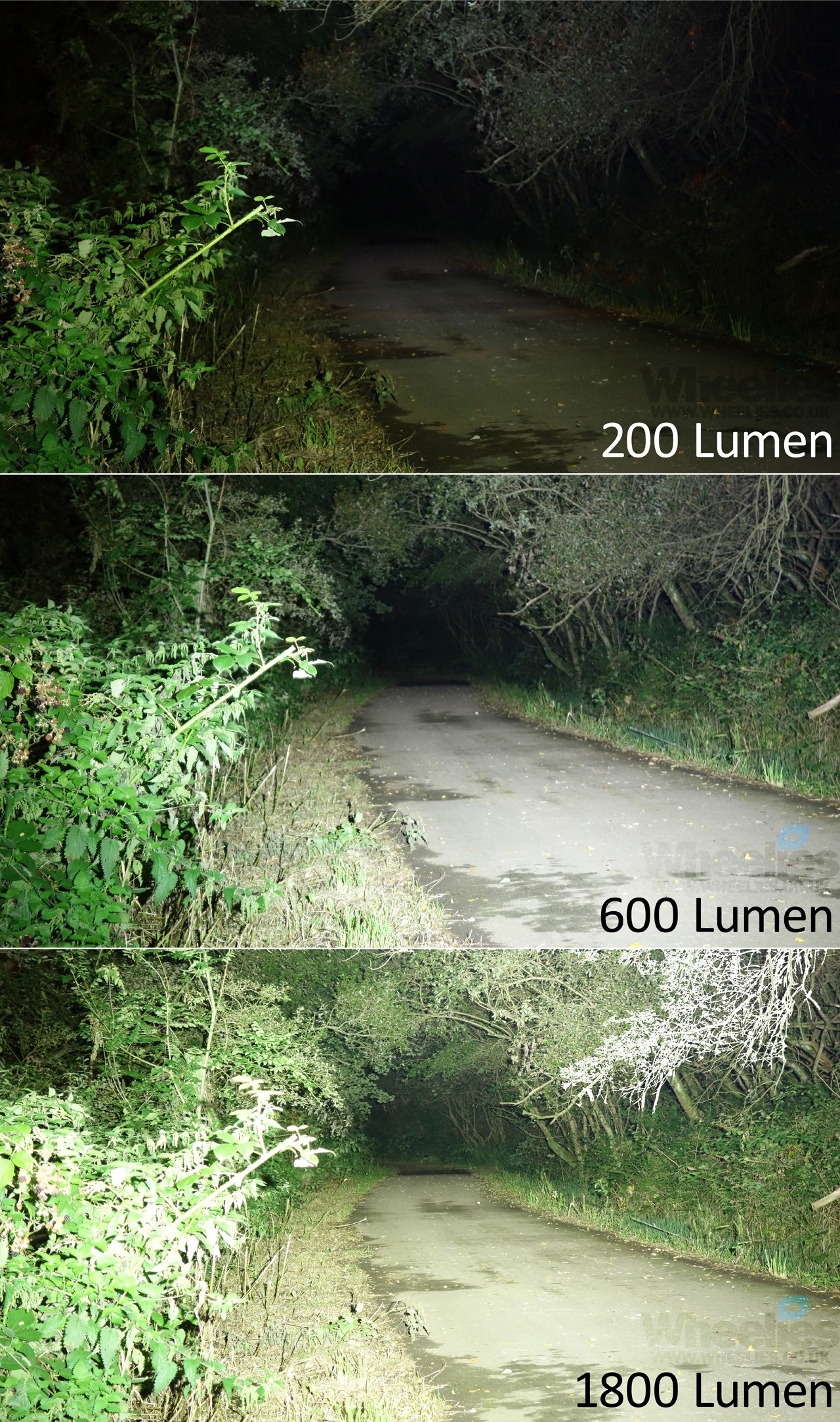
How much power output do you need?
The shortest answer is that more power illuminates more of the path ahead, which is better, although a well-designed beam pattern makes a difference too. The caveat that comes with powerful bike lights is the price tag.
Powerful lights like the Cateye Volt 6000 may have a whopping 6000 Lumen output, but that comes with a sizeable £699.99 price tag. You can save a lot of money by choosing a light which is adequate for what you need.
Take a look at this comparison of three different bike lights. All three photos were taken in the pitch black, with the same camera on the same settings and the light source positioned in the same place.
- 200 Lumen – Can see the general direction of the route ahead with minimal detail at the sides of the path. Potholes and obstacles are poorly illuminated. Light helps alert other road/path users to your presence.
- 600 Lumen – The direction of the path ahead is clearly visible, with greater detail visible at the side. Potholes and obstacles are illuminated well in the near-distance, however it may become difficult to react quickly enough to avoid when travelling at speed.
- 1800 Lumen – The route ahead is exceptionally well-lit, as are the sides of the path. Potholes and obstacles are visible well in advance, giving you plenty of warning even at high speeds.
Bike Light Beam PatternBack to top
High power lights with a broad pattern are perfect for night-time mountain biking. However, they can present a dazzling hazard when used on the road. Although there is no requirement in the UK for bicycle lights to adhere to a regulated beam pattern when used on the roads, the German StVZO does have a very specific set of requirements.
Brands like Exposure Lights offer separate bike lights with beam patterns suited to road or mountain bike use, with clear guidelines showing which models are which.
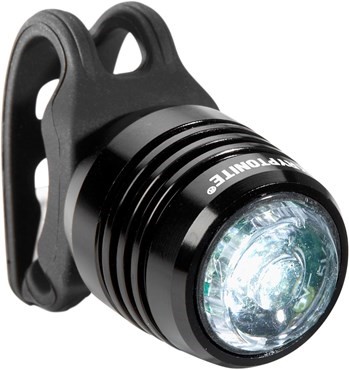
Up to 300 LumenBack to top
If most of your cycling takes place on well-lit urban streets where you aren’t relying solely on your bike light, units with an output of up to 300 Lumens, like the Xeccon Link 300 are enough to make sure that you can be seen clearly and safely by other road users.
Lights up to 300 Lumen work even better if they have a flashing mode as well, as the flickering light not only draws more attention, it saves battery life at the same time.
Be wary of lights that don’t offer much side visibility, as with urban riding you’re likely to find traffic coming towards you from side junctions and you want to be seen by them also.
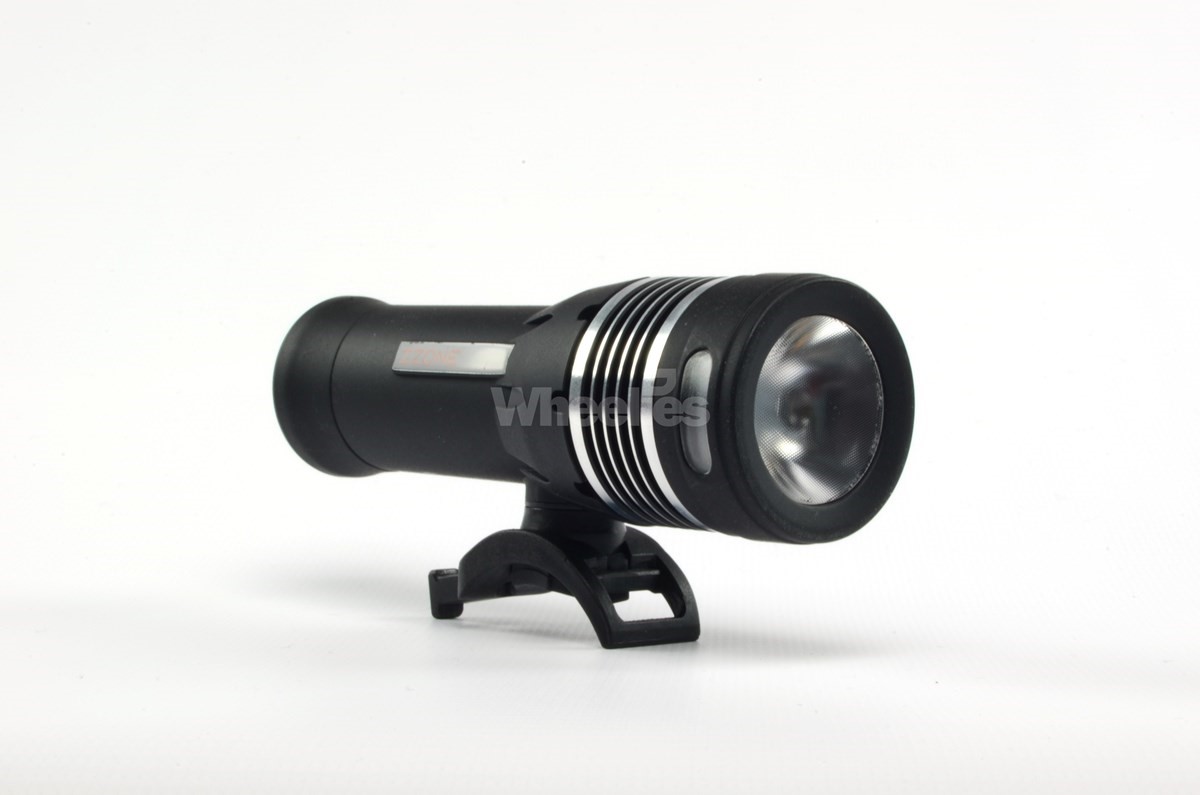
300 – 800 LumenBack to top
If your ride takes you over semi-lit suburban streets with more periodic lighting and dark spots between street lamps, you’ll need a greater light output to help illuminate the road ahead of you.
At this kind of power output you’ll start to see a better projected beam of light spread out on the road ahead of you so that any dirt, debris or pot holes are clearly visible.
Lights such as the Izone Arc 650 for £29.99 (SRP £79.99) still retain a flash and/or strobe feature, so that when you’re back in the busier well-lit streets you can switch into flash and save some battery life.

800+ LumenBack to top
Riding down an unlit road with a weak light is enough to send chills down the spine of even the most seasoned cyclists. Potholes and debris are one thing, but without suitable lighting you’ll be at the mercy of verges, pavements, manhole covers and any change in the road surface which affects the bikes brip – especially if its wet.
Lights with an 800+ Lumen output, like the Exposure Strada 800, are capable of projecting a strong enough beam of light to illuminate the road ahead clearly, so you can keep riding with confidence.
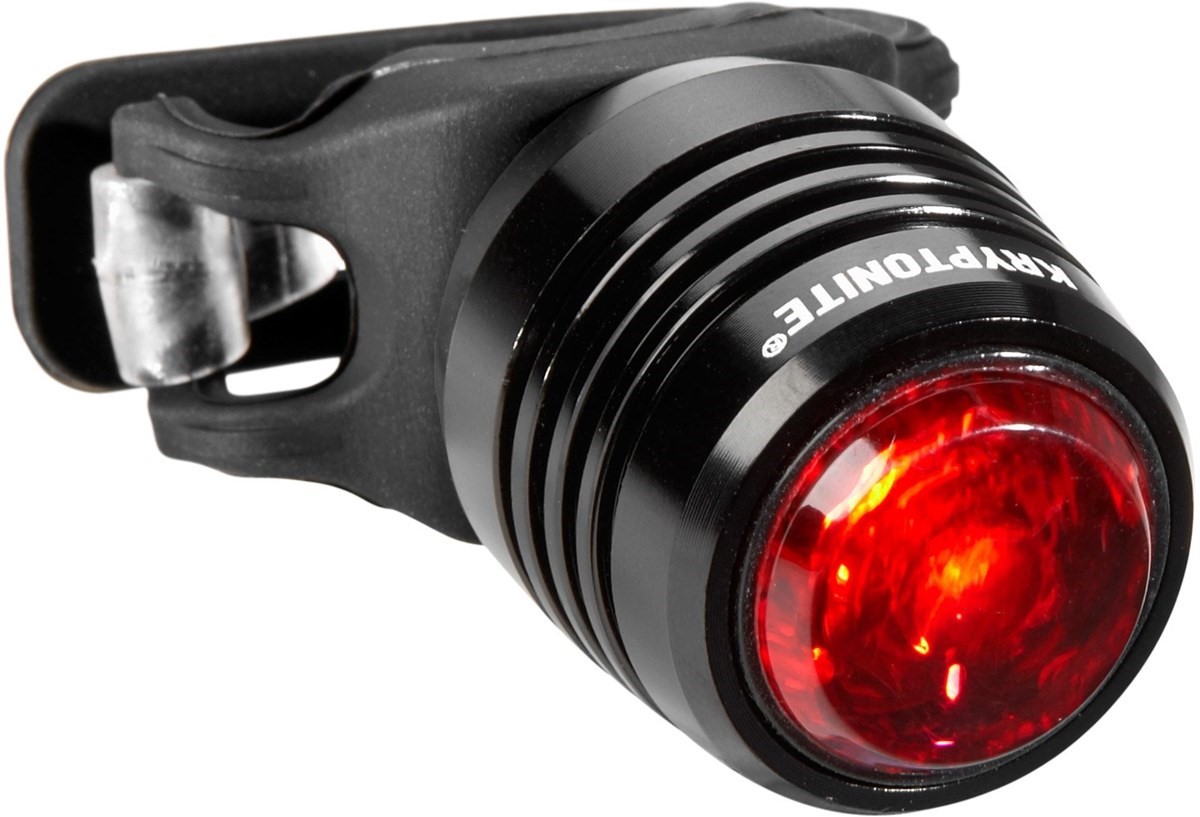
Rear lightsBack to top
Rear lights are used exclusively to help other road users see you. A good rear light will have a big surface area with a bold light output and will have excellent side visibility.
The Cateye TL-LD600 rear light has a broad strip of LED lights positioned horizontally, giving out a wide beam of light to increase your visibility. Another fantastic example is the Giant Numen Aero Plus TL designed for use on aerodynamic road bike seat posts, which has a strong side-profile and bright LED’s. It’s also USB rechargable.
Battery life and chargingBack to top
Broadly speaking you should expect to get no less than 3 hours of run time on a single charge for a rechargeable bicycle light (using an average power mode), or up to 10 hours for non-rechargeable light.
- Removable battery powered lights are cheap, cheerful and plentiful in supply. They’re not terribly bright, and if you rely on them as your main light source the cost of replacement batteries will quickly exceed the cost of the light itself, which can make them a bit of a false economy.
- USB rechargeable lights are a real godsend for office workers as you can just plug them into your computer during the day, so you can forget about being stranded in the dark with flat batteries.
- Dynamo powered lights are arguably the ultimate fit-and-forget lighting option for your bike. Modern LED dynamo lights are far more efficient than the filament-bulb things you might be thinking of, which means they drag on the wheel a lot less than they used to. The only real downside is that you also need a dynamo hub in order to power them, but the good news is that these can be retrofitted to most bikes.
Additionally, it’s always a sensible idea to carry a lightweight set of backup lights like the Izone Pulse light set, just in case your hub or battery pack fails. These little guys will run for up to 30 hours on their little CR2032 penny batteries, and although they’re not going to set the roads on fire with their brightness, they’re great at ensuring other road users can see you through the darkness.
